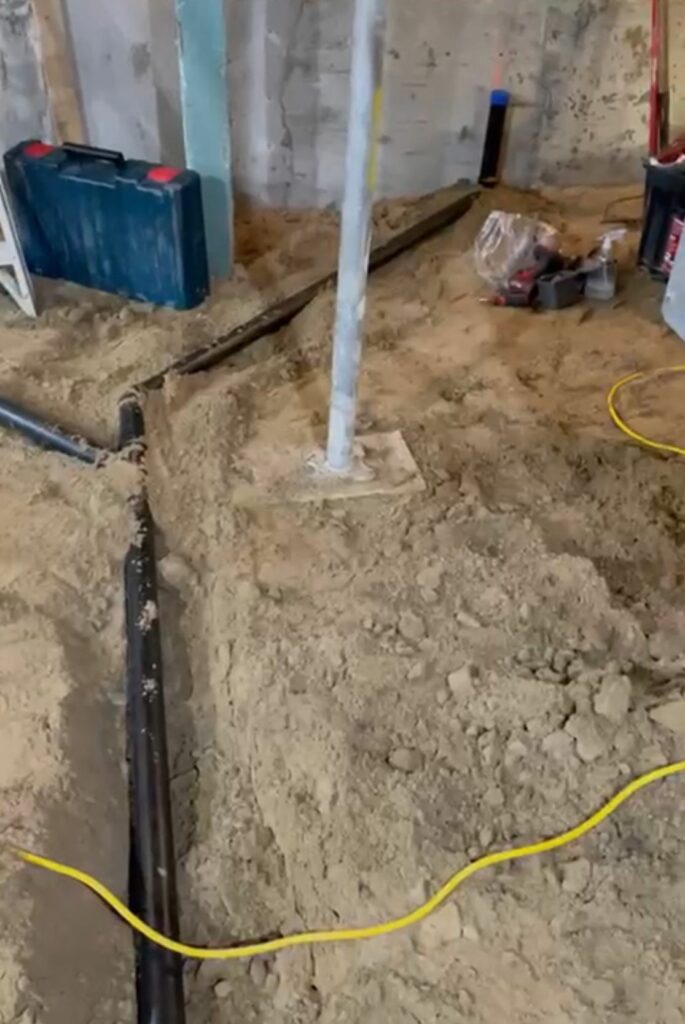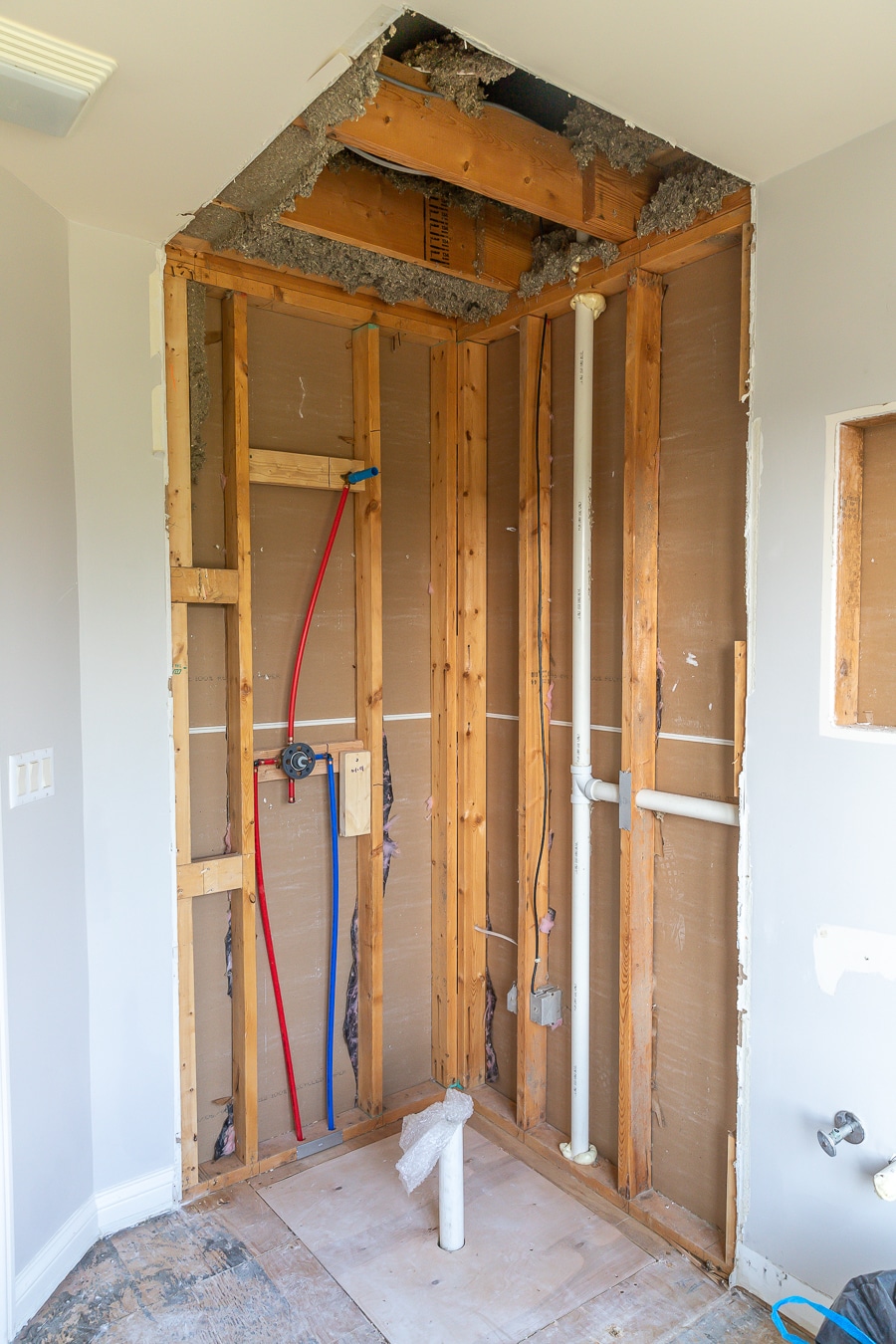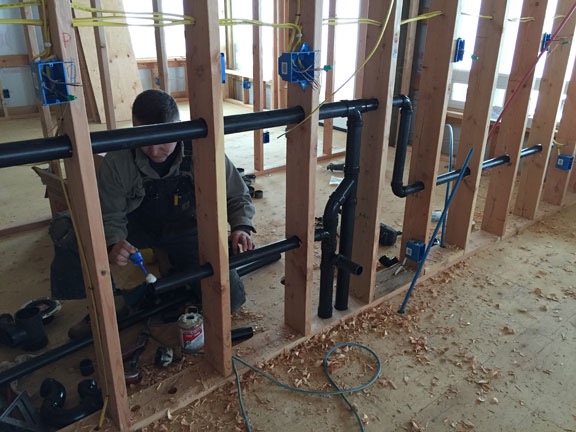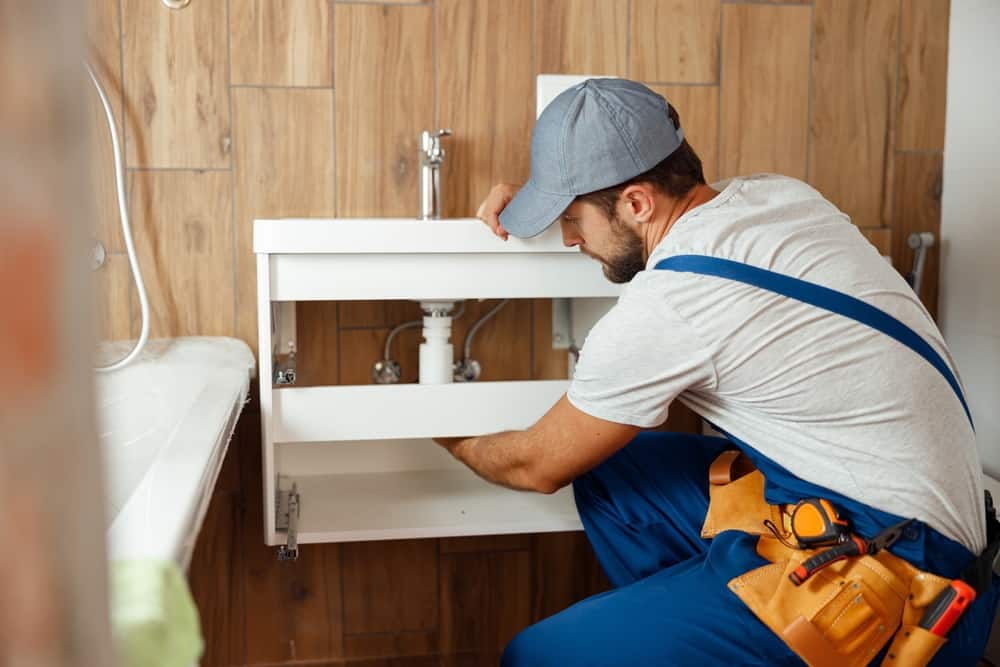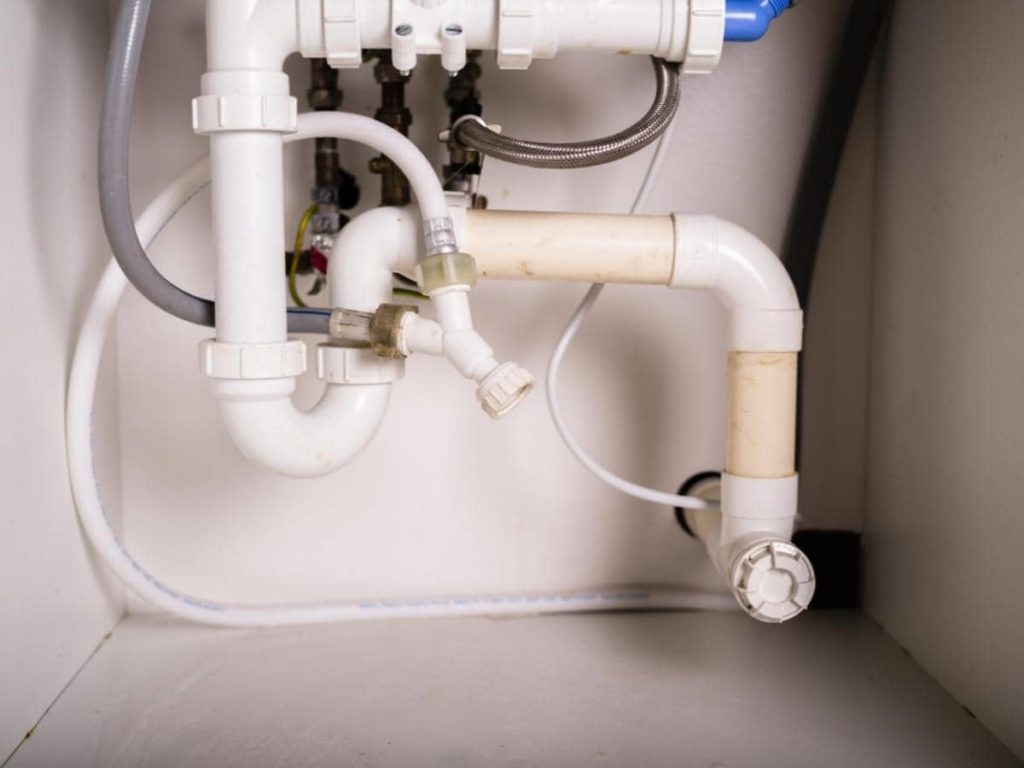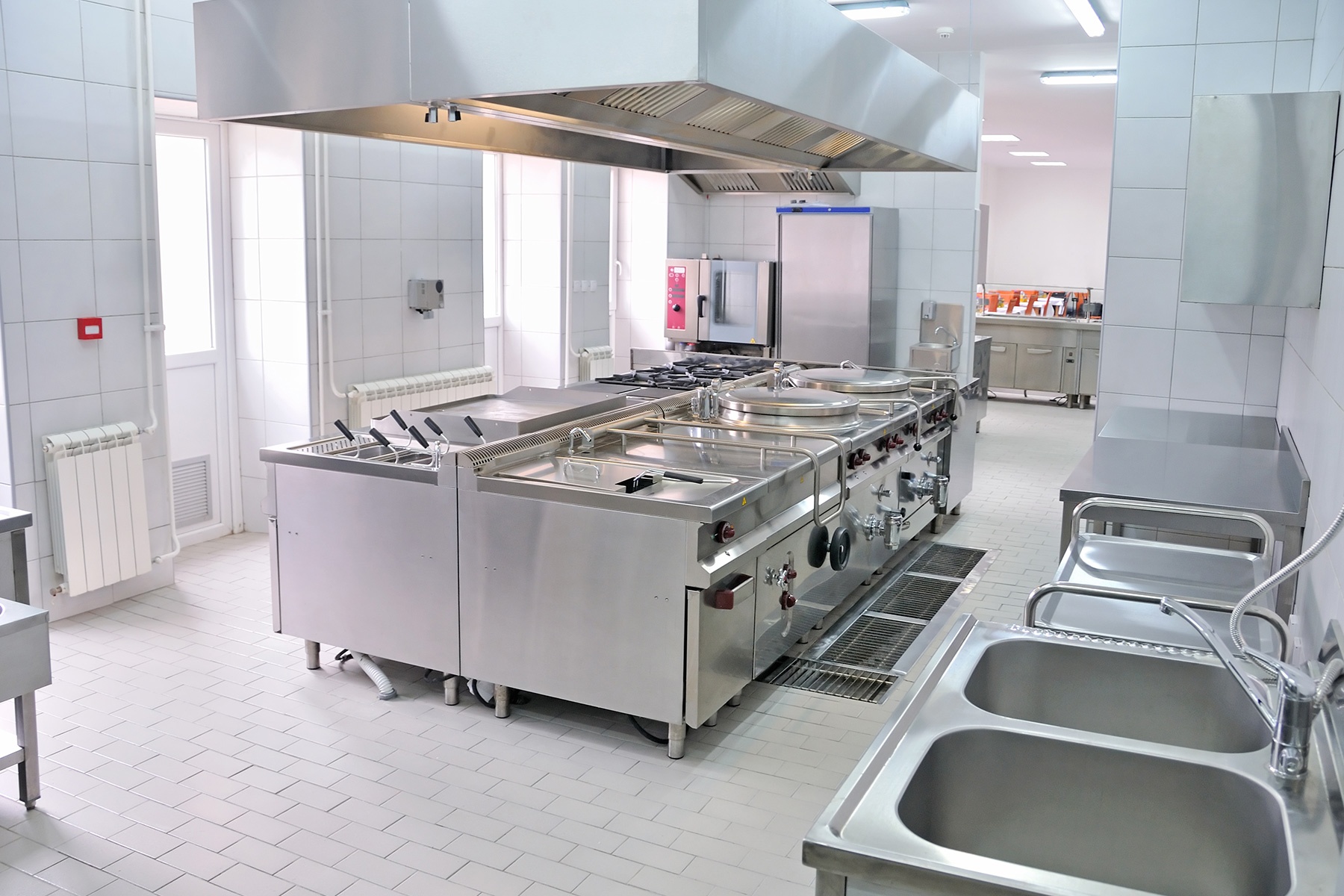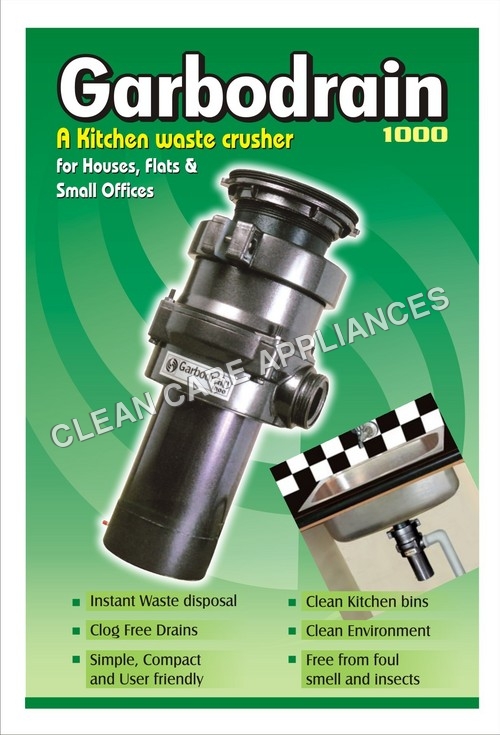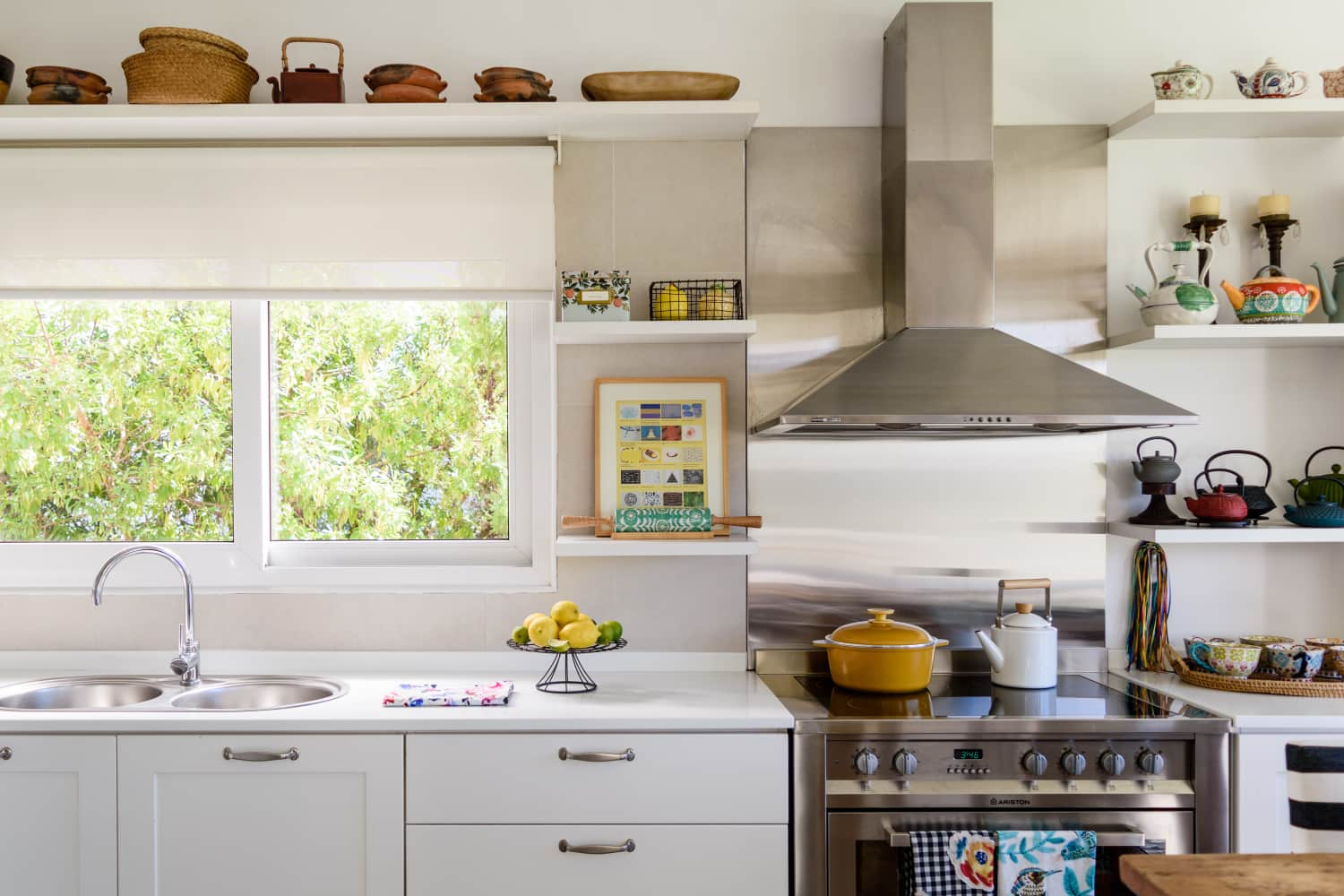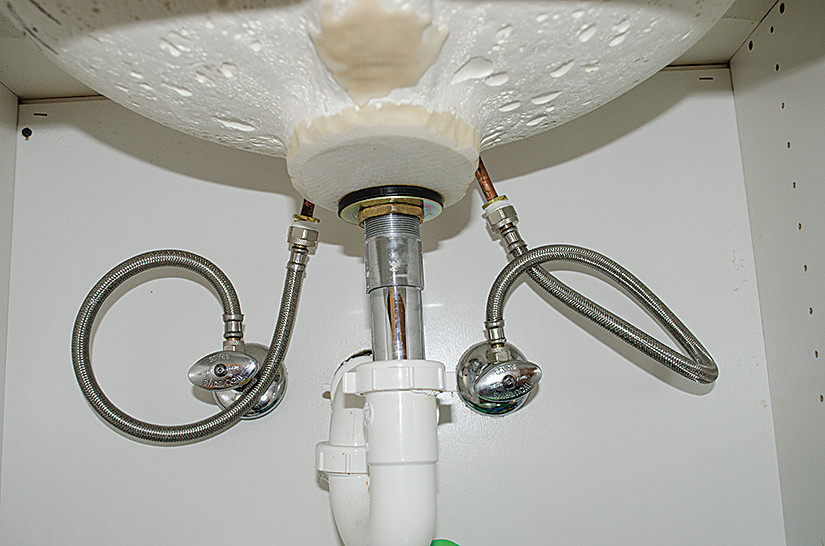If you're in the process of building or renovating a commercial kitchen, one important aspect that you can't overlook is the plumbing for the sink. The rough-in stage of plumbing is crucial as it sets the foundation for the proper functioning of your sink. In this article, we'll discuss the top 10 things you need to know about rough-in plumbing for a commercial kitchen sink.Commercial Kitchen Sink Rough-In Plumbing: What You Need to Know
The rough-in stage of plumbing involves laying out the pipes and drains that will connect to your commercial kitchen sink. This process can be quite complex and requires careful planning and execution. To begin, you'll need to determine the location of your sink, the type of sink you'll be installing, and the plumbing codes and regulations in your area.How to Rough-In Plumbing for a Commercial Kitchen Sink
Before you start roughing in the plumbing for your commercial kitchen sink, it's important to have a clear plan in place. This will help you avoid any costly mistakes and ensure that your sink functions properly. Here is a step-by-step guide to help you through the rough-in process: Step 1: Measure and mark the location of your sink. Use a measuring tape to determine the exact location of where your sink will be installed. Mark the location on the wall and floor using a pencil or marker. This will serve as a guide for laying out your pipes and drains. Step 2: Install the drain and vent pipes. Using your marked location as a guide, install the drain and vent pipes according to the specifications for your sink. Make sure to follow plumbing codes and regulations for proper placement and sizing. Step 3: Install the water supply lines. Install the hot and cold water supply lines to the designated location for your sink. Keep in mind the location of your water source and any nearby appliances that may also require water supply. Step 4: Test for leaks. Once all the pipes and lines are in place, it's important to test for leaks. Turn on the water supply and check for any leaks or drips. If any are found, make the necessary adjustments before moving on to the next step. Step 5: Install the sink and connect the pipes. Once you've confirmed that there are no leaks, you can install the sink and connect the pipes. Make sure to secure all connections tightly to avoid any future leaks.Rough-In Plumbing for a Commercial Kitchen Sink: Step-by-Step Guide
Rough-in plumbing for a commercial kitchen sink can be a daunting task, but with the right tips and tricks, you can make the process smoother and more efficient. Here are a few tips to keep in mind: Tip 1: Plan ahead. Before starting the rough-in process, make sure to have a clear plan in place. This will help you avoid any costly mistakes and ensure that your sink functions properly. Tip 2: Use quality materials and tools. It's important to invest in quality materials and tools for your rough-in plumbing. This will ensure that your sink functions properly and lasts for a long time. Tip 3: Double-check plumbing codes and regulations. Plumbing codes and regulations can vary by location, so it's important to double-check them before starting your rough-in process. This will help you avoid any potential issues and ensure that your sink is up to code.Commercial Kitchen Sink Plumbing: Rough-In Tips and Tricks
Even with careful planning and execution, mistakes can still happen during the rough-in process. Here are some common mistakes to avoid: Mistake 1: Not following plumbing codes and regulations. Failure to follow plumbing codes and regulations can result in costly repairs and delays. Make sure to research and follow the codes in your area. Mistake 2: Incorrect measurements. Accurate measurements are crucial for proper placement and installation of pipes and drains. Make sure to double-check your measurements and use a level to ensure everything is straight. Mistake 3: Not testing for leaks. Skipping the leak testing step can lead to major issues down the road. Make sure to thoroughly test for leaks before installing the sink.Rough-In Plumbing for a Commercial Kitchen: Common Mistakes to Avoid
Before starting the rough-in process, make sure to have all the necessary materials and tools on hand: Materials: Pipes, fittings, drains, water supply lines, plumber's tape, sealant Tools: Measuring tape, level, pipe cutter, wrench, drill, screwdriver, pliersCommercial Kitchen Sink Rough-In Plumbing: Materials and Tools You'll Need
Proper planning and design are crucial for a successful rough-in plumbing process. Here are some key factors to consider when planning and designing your commercial kitchen sink rough-in: Location: Determine the best location for your sink based on your kitchen layout and the placement of other appliances. Type of sink: Choose a sink that fits your needs and the size of your kitchen. Plumbing codes and regulations: Research and follow the plumbing codes and regulations in your area to ensure your sink is up to code.How to Plan and Design Rough-In Plumbing for a Commercial Kitchen Sink
Plumbing codes and regulations are put in place to ensure the safety and functionality of your sink. Here are some common code requirements and regulations for commercial kitchen sinks: Proper drain and vent sizing and placement. Drain and vent pipes must be properly sized and placed to prevent clogs and allow for proper drainage. Water supply line placement and shut-off valves. Water supply lines must be placed properly and have shut-off valves for easy maintenance and repairs. Separate drainage for different types of sinks. Different types of sinks, such as hand sinks and pot sinks, may require separate drainage systems to prevent cross-contamination.Rough-In Plumbing for a Commercial Kitchen Sink: Code Requirements and Regulations
Despite careful planning and execution, issues may still arise during the rough-in process. Here are some common troubleshooting and problem-solving techniques: Issue: Leaks. If you encounter leaks, make sure all connections are tight and use plumber's tape or sealant if necessary. Issue: Incorrect placement of pipes. If you realize that pipes are not in the correct location, you may need to make adjustments or reroute the pipes. Issue: Clogs. If your sink is not draining properly, there may be a clog in the pipes. Use a plunger or plumbing snake to clear the clog.Commercial Kitchen Sink Rough-In Plumbing: Troubleshooting and Problem-Solving
Deciding whether to hire a professional or tackle the rough-in plumbing yourself can be a difficult decision. Here are some factors to consider: Cost: Hiring a professional may be more expensive, but it can save you time and potential mistakes. Experience and knowledge: If you're not familiar with plumbing, it may be best to hire a professional who has the necessary experience and knowledge. Time and effort: Rough-in plumbing can be a time-consuming and physically demanding task, so consider whether you have the time and energy to complete it yourself. In conclusion, rough-in plumbing is an essential step in the process of installing a commercial kitchen sink. By following the steps and tips outlined in this article, you can ensure that your sink functions properly and is up to code. Whether you choose to hire a professional or tackle the project yourself, proper planning and execution are key to a successful rough-in plumbing process.Rough-In Plumbing for a Commercial Kitchen Sink: Hiring a Professional vs. DIY
The Importance of Proper Rough-In Plumbing for a Commercial Kitchen Sink

Efficient Water Flow
 Rough-in plumbing
is a crucial step in the construction of a commercial kitchen. It involves installing the necessary pipes and fixtures before the walls are finished, ensuring that the plumbing system is properly set up for the kitchen's specific needs.
Commercial kitchen sinks
are a vital component of any food establishment, and having efficient water flow is essential for a smooth and successful operation.
During the rough-in plumbing process, the pipes and drainage system are strategically placed to maximize water flow and minimize the risk of clogs. This is especially important for a commercial kitchen sink, as it is constantly used for washing dishes, fruits, vegetables, and other food items. A
properly designed plumbing system
will allow for a steady and uninterrupted flow of water, making it easier and faster for kitchen staff to clean and sanitize equipment and tools.
Rough-in plumbing
is a crucial step in the construction of a commercial kitchen. It involves installing the necessary pipes and fixtures before the walls are finished, ensuring that the plumbing system is properly set up for the kitchen's specific needs.
Commercial kitchen sinks
are a vital component of any food establishment, and having efficient water flow is essential for a smooth and successful operation.
During the rough-in plumbing process, the pipes and drainage system are strategically placed to maximize water flow and minimize the risk of clogs. This is especially important for a commercial kitchen sink, as it is constantly used for washing dishes, fruits, vegetables, and other food items. A
properly designed plumbing system
will allow for a steady and uninterrupted flow of water, making it easier and faster for kitchen staff to clean and sanitize equipment and tools.
Preventing Leaks and Water Damage
 In addition to ensuring efficient water flow, proper rough-in plumbing also helps to prevent leaks and water damage. Commercial kitchens are high-traffic areas, and spills and leaks are inevitable. However, with a well-installed plumbing system, the risk of water damage is significantly reduced. This is because the pipes and fixtures are securely in place and designed to withstand the demands of a busy kitchen.
Leaks and water damage
can be costly, not only in terms of repairs but also in terms of lost business and damaged equipment. By investing in proper rough-in plumbing, you can avoid these potential disasters and save yourself time, money, and stress in the long run.
In addition to ensuring efficient water flow, proper rough-in plumbing also helps to prevent leaks and water damage. Commercial kitchens are high-traffic areas, and spills and leaks are inevitable. However, with a well-installed plumbing system, the risk of water damage is significantly reduced. This is because the pipes and fixtures are securely in place and designed to withstand the demands of a busy kitchen.
Leaks and water damage
can be costly, not only in terms of repairs but also in terms of lost business and damaged equipment. By investing in proper rough-in plumbing, you can avoid these potential disasters and save yourself time, money, and stress in the long run.
Compliance with Building Codes
 Another important reason to ensure proper rough-in plumbing for a commercial kitchen sink is to comply with building codes. These codes are put in place to ensure the safety and functionality of a building, and failure to comply can result in penalties and delays in opening your business. By hiring a professional plumber to handle the rough-in plumbing, you can rest assured that the work will be done according to the necessary codes and regulations.
In conclusion, proper rough-in plumbing for a commercial kitchen sink is essential for efficient water flow, preventing leaks and water damage, and complying with building codes. It is a crucial step in the construction process and should not be overlooked. By investing in quality plumbing work, you can set your commercial kitchen up for success and avoid potential problems in the future. So when designing your commercial kitchen, be sure to prioritize proper rough-in plumbing to ensure a smooth and successful operation.
Another important reason to ensure proper rough-in plumbing for a commercial kitchen sink is to comply with building codes. These codes are put in place to ensure the safety and functionality of a building, and failure to comply can result in penalties and delays in opening your business. By hiring a professional plumber to handle the rough-in plumbing, you can rest assured that the work will be done according to the necessary codes and regulations.
In conclusion, proper rough-in plumbing for a commercial kitchen sink is essential for efficient water flow, preventing leaks and water damage, and complying with building codes. It is a crucial step in the construction process and should not be overlooked. By investing in quality plumbing work, you can set your commercial kitchen up for success and avoid potential problems in the future. So when designing your commercial kitchen, be sure to prioritize proper rough-in plumbing to ensure a smooth and successful operation.







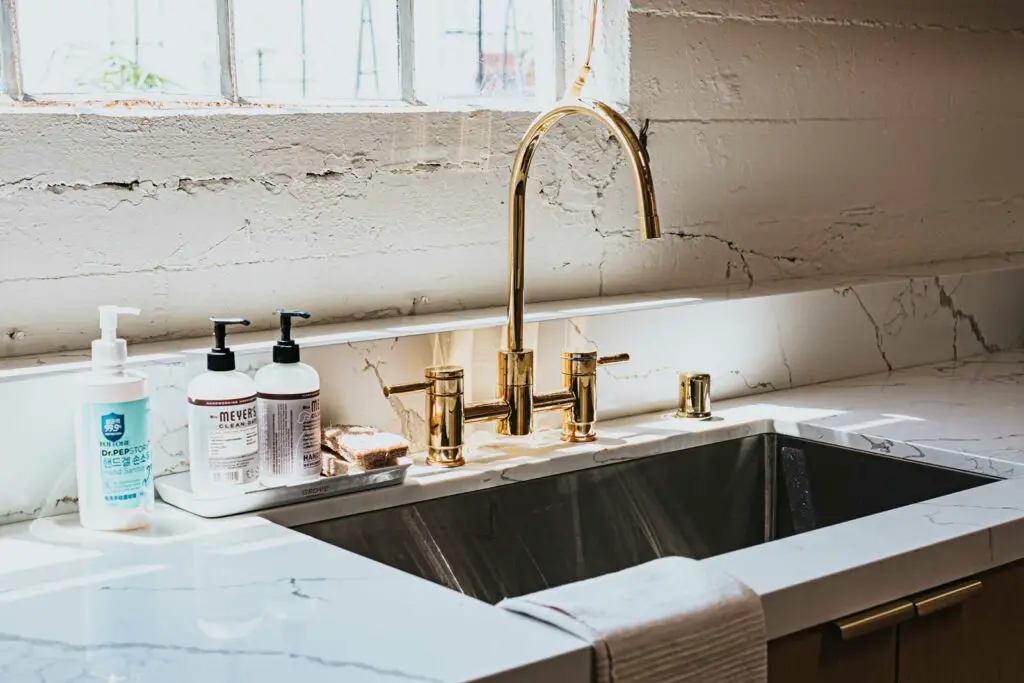





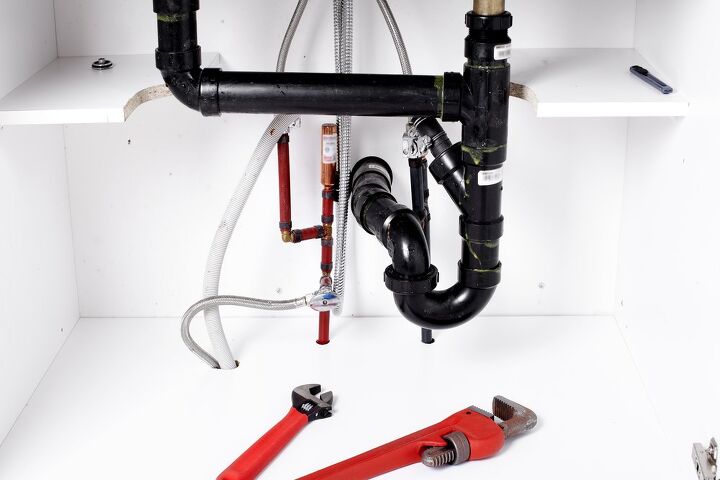
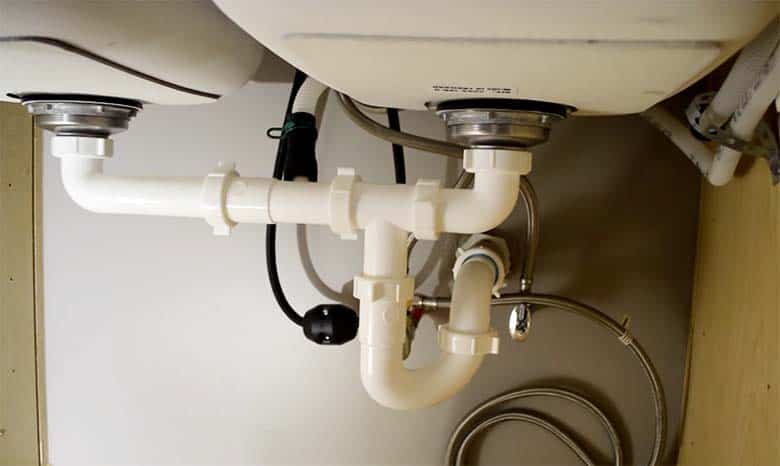


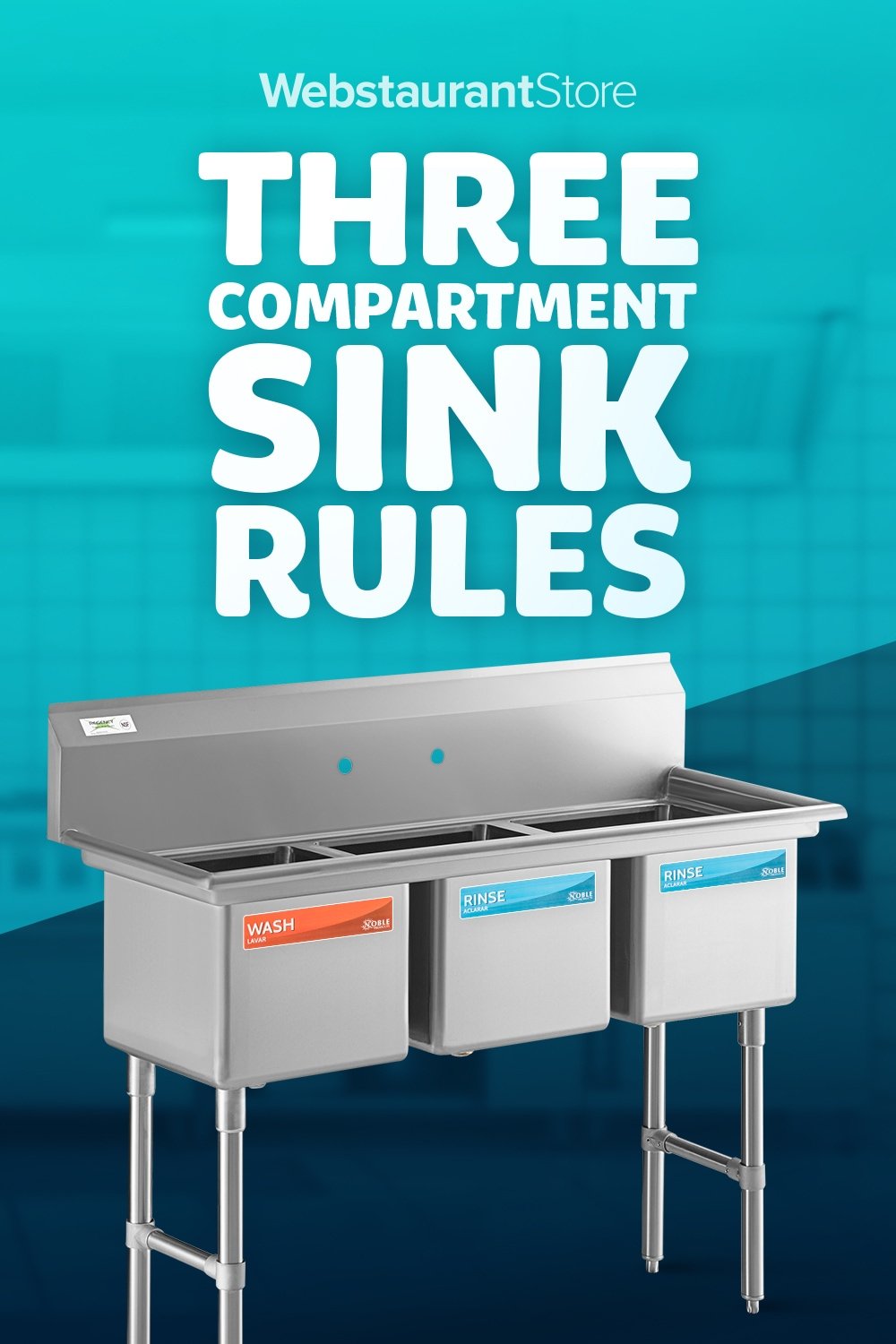




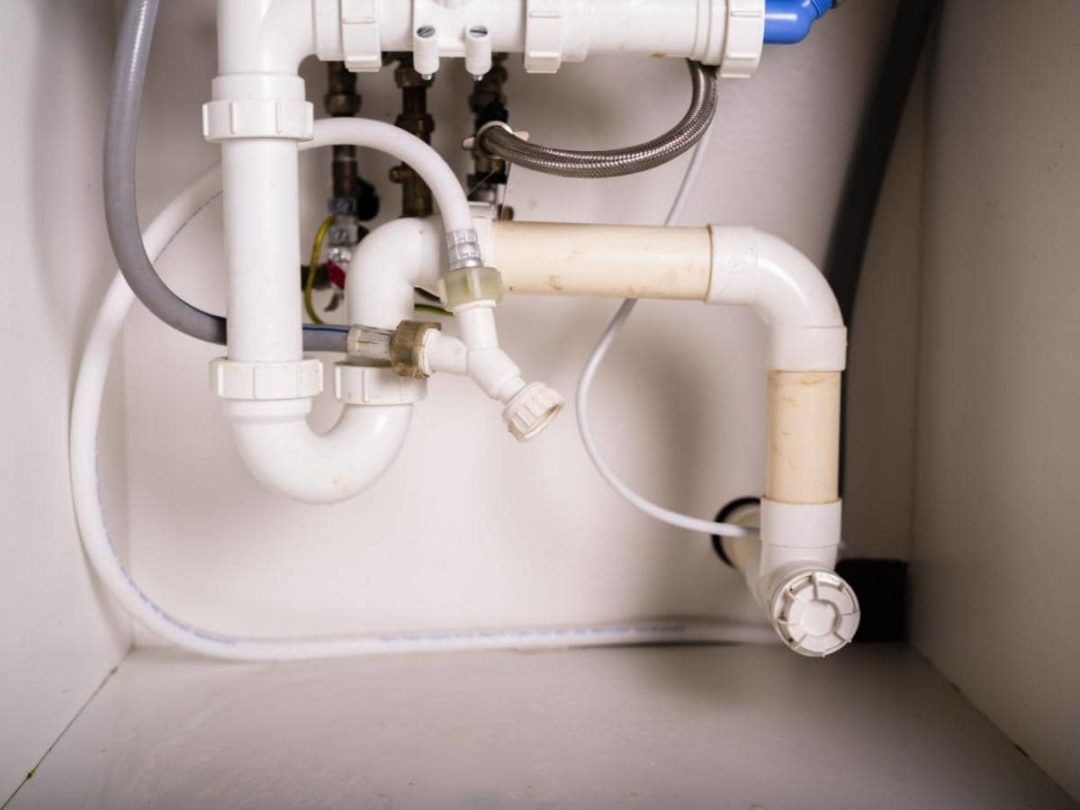
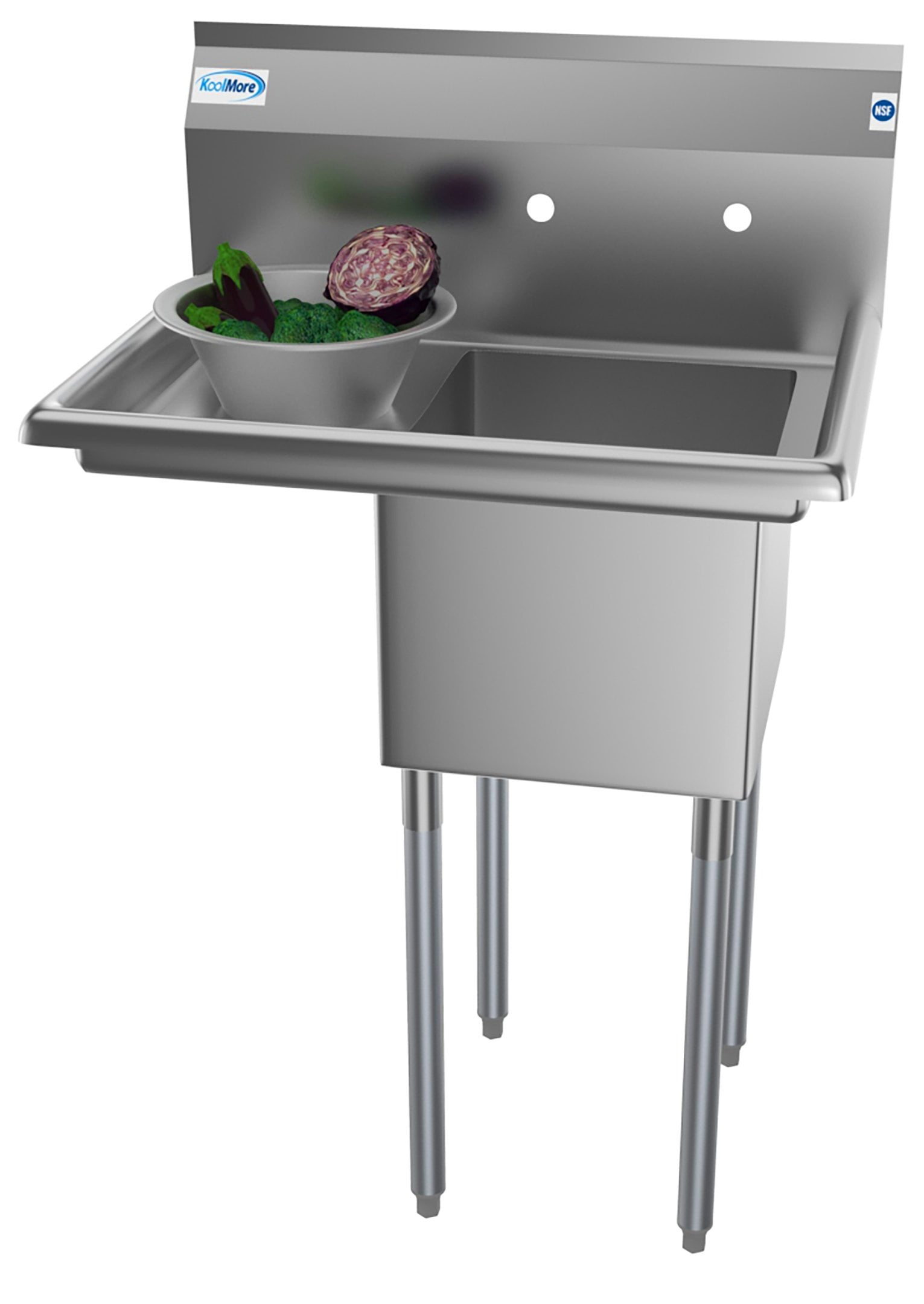
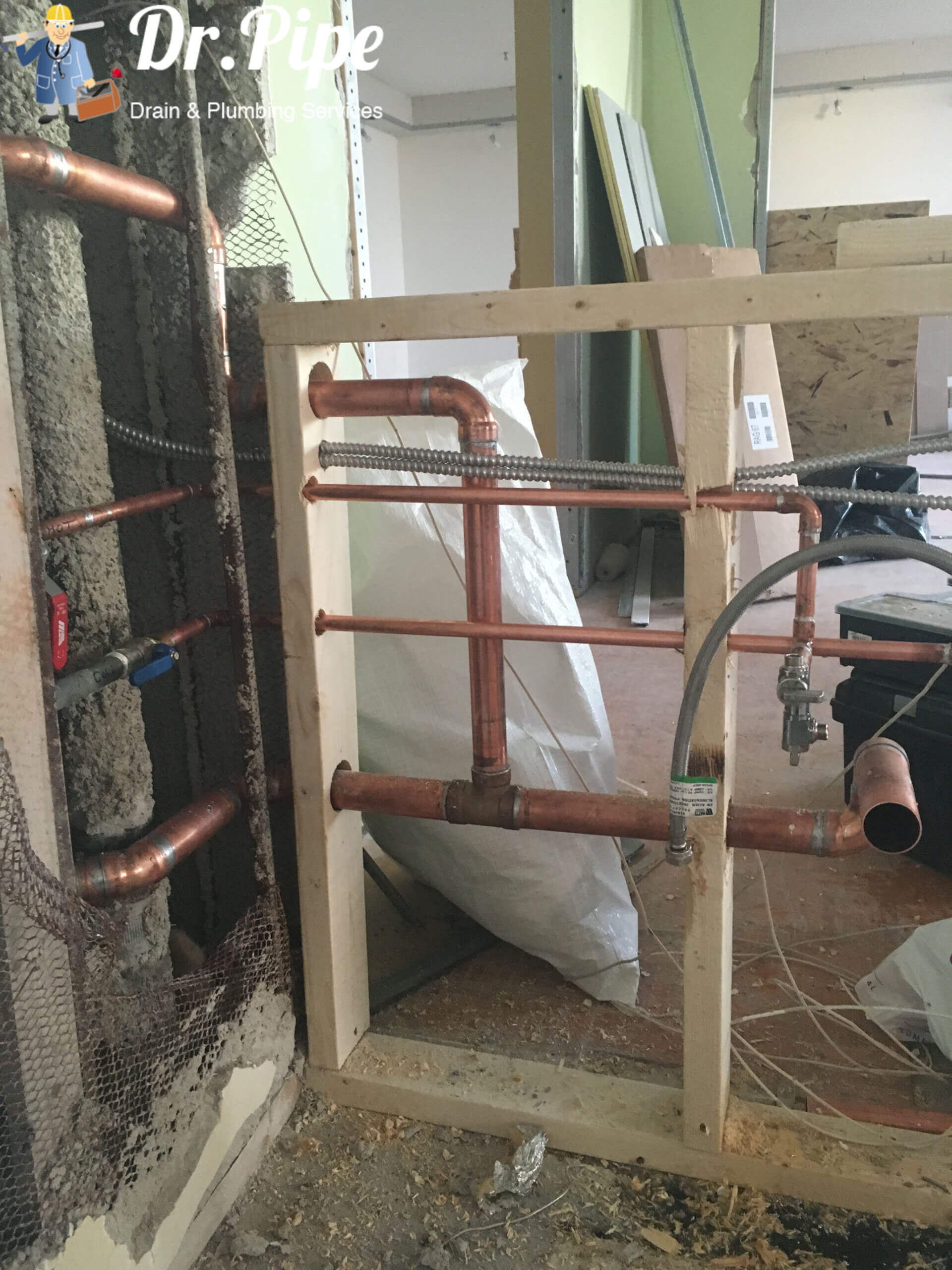

:max_bytes(150000):strip_icc()/how-to-install-a-sink-drain-2718789-hero-24e898006ed94c9593a2a268b57989a3.jpg)



